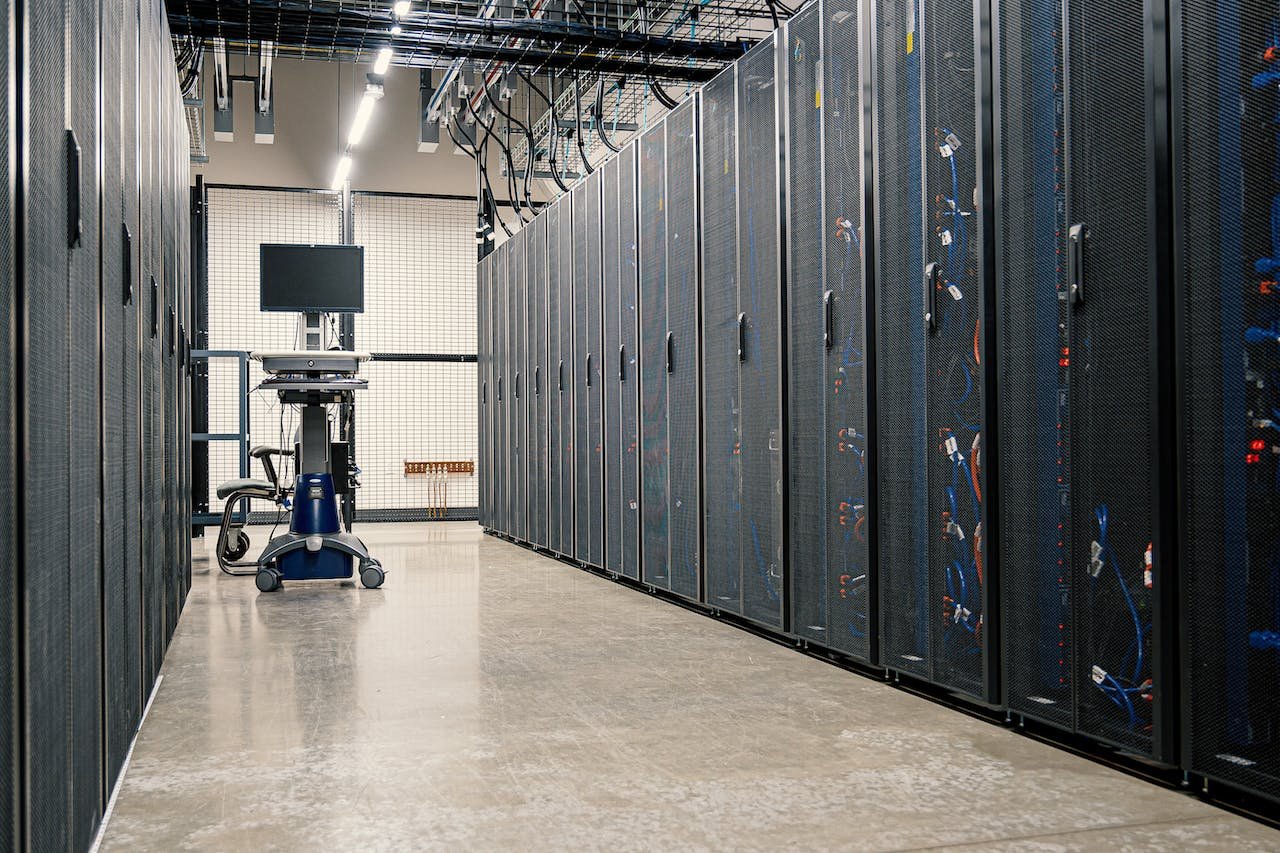While e-commerce has dramatically changed how everyone shops, the winter season — marked by the holidays and an early January when people are shopping for must-haves for the year ahead — is still a very busy time for retail.
Petty crime, theft, and vandalism are big concerns for consumers and their sense of safety.
Those issues are even more pressing for the retail workers who are employed at everything from big chain stores to small mom-and-pop businesses.
A season marked by increased shopping activity brings with it safety concerns from the people employed by the retail industry.
A first-ever Motorola Solutions retail worker survey
Motorola Solutions released its first-ever report on “The State of Retail Worker Safety.”
It offers an eye-opening look at how personal physical safety stands central for retail employees as they head to work.
Motorola Solutions employed independent market research firm Researchscape. They surveyed more than 1,000 U.S.-based retail store managers and associates in November 2023.
The results? They found that petty theft has grown by 54% over the past year. That was followed by grab-and-run incidents at 35% and hostile customer interactions at 31%.
“As a result, nearly two out of three [retail workers] are at least somewhat concerned for their personal safety at work,” according to a press release.
“The holiday bustle can be a stressful time for retailers. Sales associates and managers shouldn’t have to be concerned about their safety on top of everything else,” Sharon Hong, vice president, Ecosystem Solutions at Motorola Solutions, said in the release. “Our report found that retail workers are looking for more technology that can help them be better aware of safety threats, spot illicit activity and communicate quickly and seamlessly with other employees and first responders should an incident arise.”
A push for more advanced physical security technologies in retail
When it comes to what technologies are at the disposal of these employees during an emergency, the report showed that somewhat analogue, out-of-date systems persist.
About 58% said they use landline telephones, 45% pointed to PA systems, and 28% said they “rely on yelling to inform coworkers of an incident.”
These workers did point out some of the more modern security technologies at their stores.
The survey shows 76% said their stores have video security systems, 64% mentioned alarm systems, and 44% said their businesses use merchandise sensors.
That being said, 42% declared AI tech that could “detect guns” would make them feel much safer.
Additionally, 36% said they would like to see access control systems that could lock doors in the face of a threat, 30% reported they would like to have wearable or mounted panic buttons, and another 30% said they would like to have license plate readers on hand to pinpoint vehicles tied to criminal activity.
About 26% said they’ve considered leaving the industry as a result of their personal safety fears.
“The retail industry employs tens of millions of Americans and contributes trillions to the U.S. economy each year,” Hong, concluded at the end of the release. “Technology, communication channels and preparedness training can help to create safer store environments for employees and shoppers alike.”







